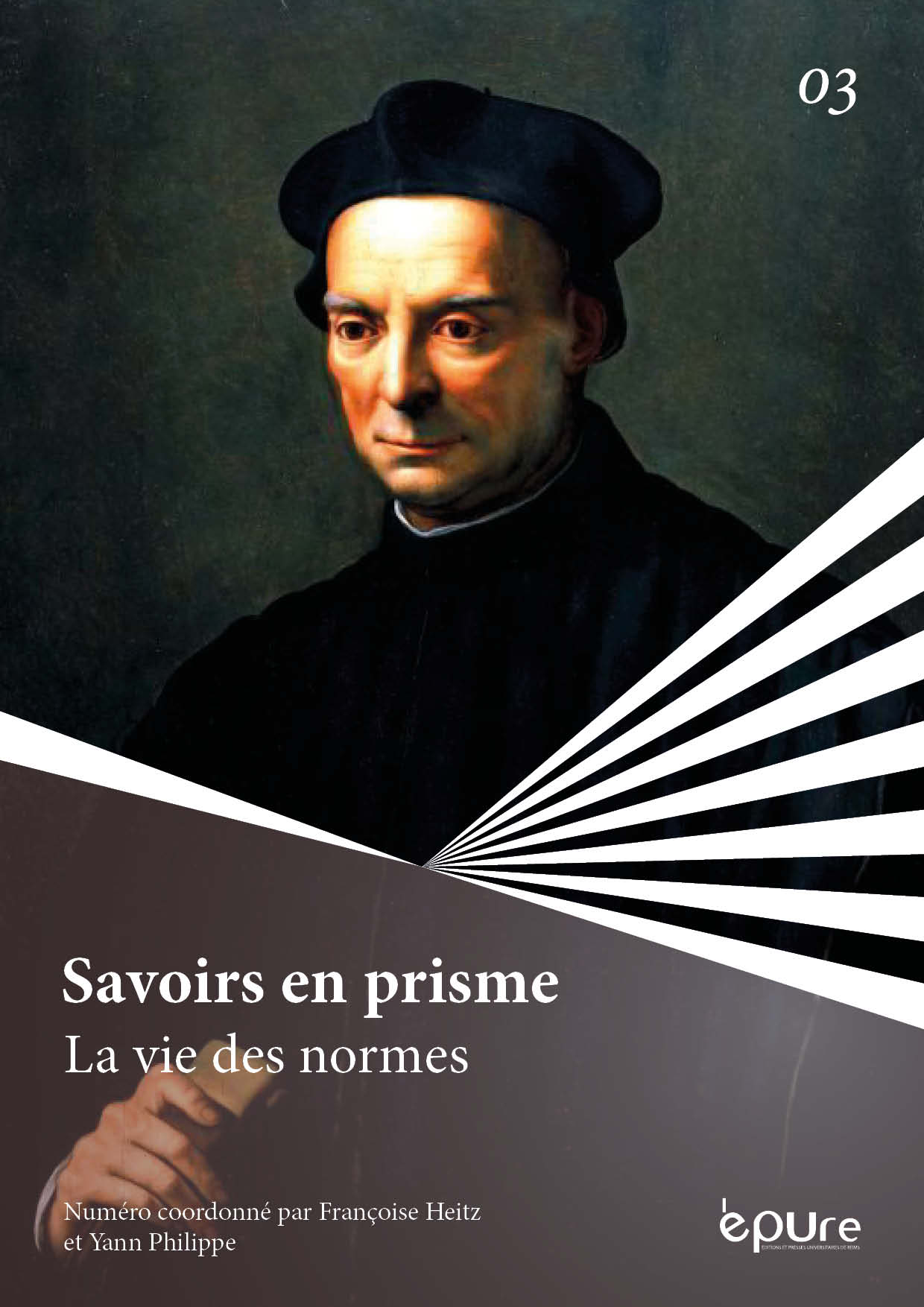Dans la marge du hors-champ : le corps cinématographié de la femme par Claudia Llosa
Abstract
The cinema of the Peruvian film director Claudia Llosa (Lima, 1976) frames the woman’s body. Not only could the history of this cinema come down to the desire of this very body to be framed – but also to its resistance to submit itself fully to the discipline of framing. For the frame is a pressure that the woman’s body, which is filmed, both yearns for and is subjected to. The edges of the frame, which separate the visible from the non-visible, are the agents of this struggle of the woman’s body in(side) the frames, as in the current Peruvian society. Entering and exiting from the frame, the woman’s body affirms/clearly shows the stakes of what is off-screen. The point is then to go back to the cinematic path of Claudia Llosa seen as a political history, as closely as possible to the woman’s body, to its submission or to its freedom. To the acting body as well as to the body as spectator: both tempted by the freedom of what is off-screen, and not to yield it all to the control of the show and to the demands of the eye. Here is the thread of the cinema of this young filmmaker, who directed three feature-films (Madeinusa of 2005, The milk of sorrow of 2009 and Aloft of 2014) and two short films (El niño Pepita of 2010 and Loxoro of 2011).
Copyright (c) 2020 Savoirs en prisme

This work is licensed under a Creative Commons Attribution-NonCommercial-ShareAlike 4.0 International License.


